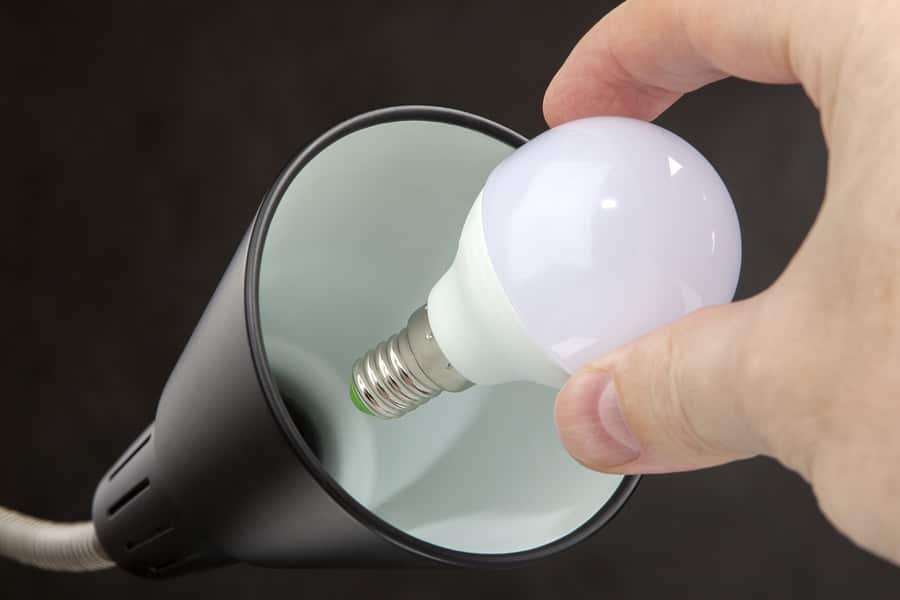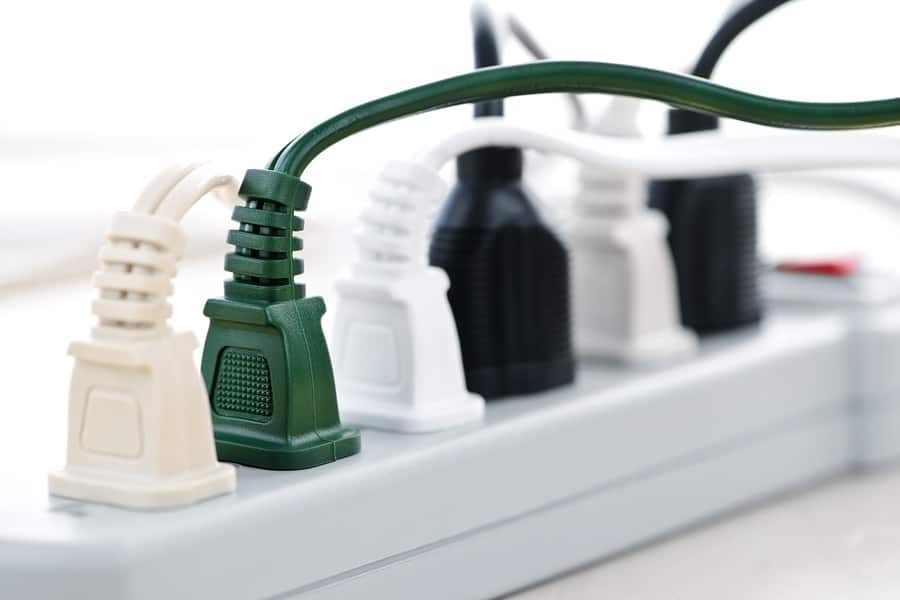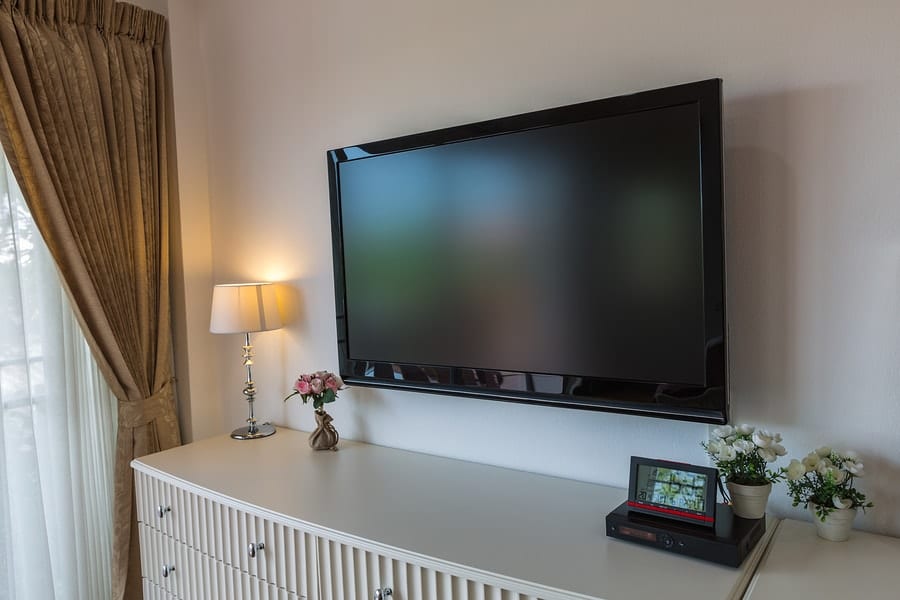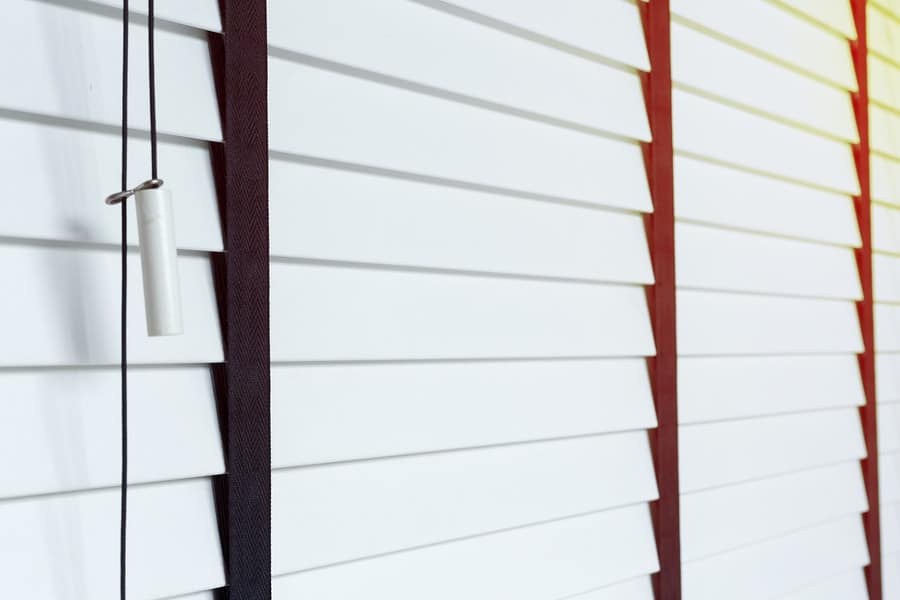The Essential Guide For Living Room Energy Savings

[Estimated read time: 5 minutes]
With the rising temperatures comes the inevitable rise in energy bills. To keep your home as energy efficient as possible, we’ll be going room by room explaining just how you can save money while keeping your home cool.
Starting with the living room, there are a few simple steps you can take to bring energy savings and make it as energy efficient as possible.
Energy Star Appliances Are King
What is Energy Star? Energy Star is a program that offers energy efficient consumer products. Energy efficient appliances with the Energy Star logo typically use around 25% less power than conventional models.
Energy Star products are the way to go if you wish to use less power while also saving big on your energy bill.
The Types of Light Bulbs You Use Matter

As we mentioned in our guide for different types of lightbulbs, there are many options available today which offer different brightness (known as lumens) and use less energy.
By far the best options for lighting your living room are LED light bulbs. These types of light bulbs are energy saving and emit LED lights, which reduce energy consumption considerably.
LEDs might have a higher upfront cost, but they offer an energy saving edge, reducing energy consumption up to 80%.
Use only necessary power with power strips

Power strips are a clean alternative to overfilling your outlets. By conveniently switching off multiple appliances at once, you have complete control over how what appliances get energy.
Traditional power strips are simple: you connect the devices and turn off a switch when not using them. Newer versions called advanced power strips feature a variety of other features that might benefit you.
What are advanced power strips?
Advanced power strips are designed for areas where many electronics are plugged in, such as entertainment centers or home offices and provide greater control over energy usage through built-in features.
There are multiple types available right now including:
- Timer power strips which turn off automatically on a pre-set schedule
- Activity monitor power strips which look for activity in a room and turn off if none is detected
- Remote switch power strips which are turned off via a remote switch
- Master-controlled power strips turn off all power when a “master” device such as TVs or computers is turned off
- Masterless power strips turns off power when all controlled devices are turned off
Some power strips also feature a surge protector which not only give you complete control over your appliances but also protects them from damage during thunderstorms or power surges.
Beware energy vampire appliances

While power strips might be of great help to any home, the main culprit for those extra costs are energy vampire appliances, or appliances that use energy while on stand-by.
Appliances like these could end up costing more than $200 per year for the average home.
What is vampire energy loss?
Vampire energy loss, also known as vampire load, vampire power, or vampire draw is a simple term to explain the use of electricity by appliances that are in standby or switched off.
While most appliances might indicate that they are turned off, they might still be drawing power. The end result is unneeded power being wasted as appliances lay unused.
What are some energy vampire appliances in my house?
Video game consoles such as the Playstation 4 and Xbox One are notable for their high energy demand and could result in up to $40 in costs during standby.
Computers, including laptops, are also some of the biggest energy vampires, costing up to $30 if left plugged in while not in use. Laptops might need less power, but leaving them plugged in could result in yearly costs up to $15 when not in use.
To easily reduce these costs, safely group as many of these appliances into a power strip. By easily switching off the power strip when not in use, you will be much more in control of how much energy they use.
Keep your TV and entertainment center in check

Televisions are the kings of power consumption, with 5 hours of daily use costing up to $160 per year while in standby mode as well as with daily use.
Plasma TVs are notorious for their usage of energy. Instead, opt for LCD screens which will reduce the amount of energy you draw. Also, change your TV’s settings to dial back on energy consumption.
Most TVs have a store demo option selected for the picture which ups the brightness and results in a high energy usage. This translates to higher energy bills and more heat. By using the power-saver mode, you decrease the amount of energy used.
If you have multiple appliances connected to the TV, turn them off when not in use. TV manufacturers of today have reduced the usage of standby power, but connected appliances might draw more energy.
These could include DVRs, Blu-ray or DVD players, as well as streaming devices such as Roku, Apple TV, and more. While useful, they might be putting a dent into your energy bill and end up costing more with time.
Window shades are a lifesaver

Window shades, blinds, and curtains are more than just useful for decorating your living room. Dark curtains block sunlight from entering and can be closed during the day to reduce the amount of sunlight that enters, thereby reducing cooling costs.
Blinds are as useful and can reduce heat gain by up to 45% but offer the benefit of being able to be adjusted manually.
Living room energy savings are a breeze!
Making your living room as energy efficient as possible might seem like a daunting task. By following the above tips and ensuring that you use only the most important appliances, you will be well on your way to ensuring your home is ready for summer.
From LED Lighting installation, to ceiling fan room installation, Bryant Electric Service can help your living room be the highlight of your home.



